If you know the sights of Denmark, you probably know the Faroe Islands more or less. If you have never heard of these islands, don’t worry. By reading this article from tourismassist, you will know everything about traveling to the Denmark’s faroe islands.
The Faroe Islands, or the Faroe Islands, include 18 islands, all of which are located between the Norwegian Sea and the North Atlantic Ocean. These islands are considered part of the territory of Denmark; But they are among the self-governing regions of Denmark.
The Faroe Islands are very popular among tourists who want to travel to a beautiful, peaceful and lovely destination. If you want to have a relaxing trip and see the beauty of nature, traveling to these islands is one of the best options for you.
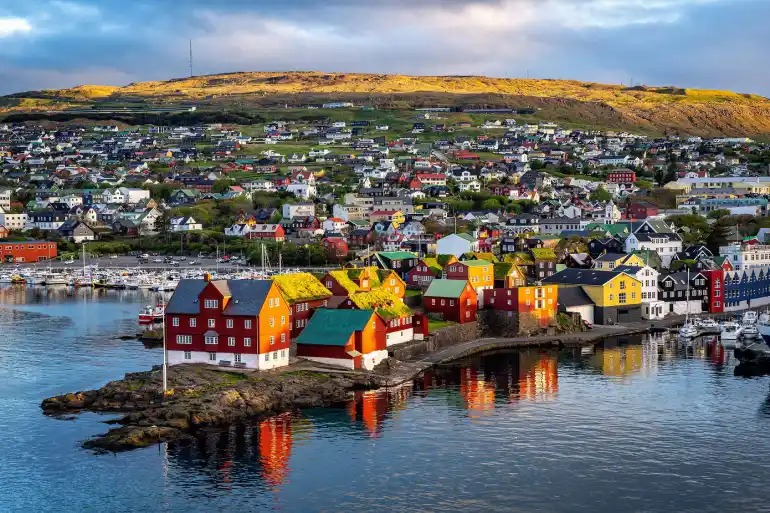
Profile of the Faroe Islands Denmark
Profile of the Faroe Islands
As we mentioned, these islands include 18 islands and are located in Denmark. These eighteen islands have become one of the self-governing regions of Denmark since 1948. Of course, some responsibilities, including military defense, foreign affairs and the judiciary, are still the responsibility of Denmark.
Out of 18 Faroe Islands, 17 of them are inhabited; With an area of 385 square kilometers, Streamoy is the largest of the Faroe Islands. Tushavn Island is also the capital of Faroe Islands. These islands have a total area of about 1400 square kilometers and its currency is “Faroese kroner” (DKK).
Crafts and fish export are the most important sources of income for these islands. For this reason, you can easily find and buy all kinds of handicrafts and fish.
In Faroe Islands, products and services are expensive. 25% tax is calculated on your every purchase. The good news is that if you enter the Faroe Islands as a tourist, you can get all the taxes you paid back after you leave the area.
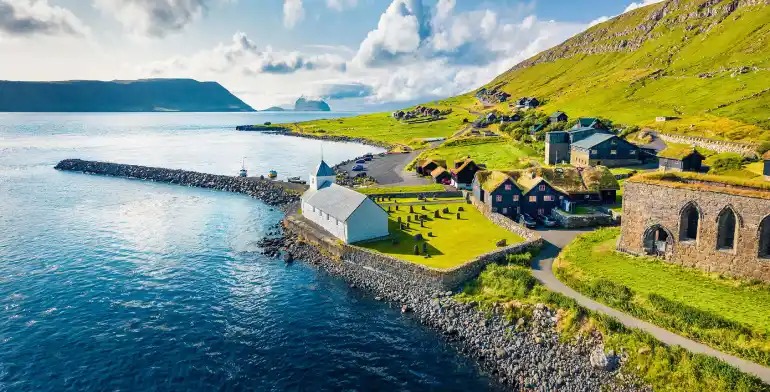
Image from: Quarkexpeditions
Where are the Faroe Islands?
The Faroe Islands are located in Northern Europe and Scandinavia, between the Norwegian Sea and the North Atlantic Ocean, approximately halfway between Norway and Iceland. When traveling to the Faroe Islands, you can see Scotland to the south of the islands, Iceland to the northwest and Norway to the east.
The best route to reach the Faroe Islands
To get to the Faroe Islands, you must first apply for a Schengen visa, then get a Danish visa and a 90-day visa to enter these islands.
The point is that you cannot go to these islands with only one Schengen visa; You must have a 90-day visa to enter the Faroe Islands. It is true that these islands are located in the European continent, but they are not part of the European Union and are not included in the Schengen visa.
If you want to get to these islands quickly, you can use a plane; If not, the ferry is one of the travel options to these islands.
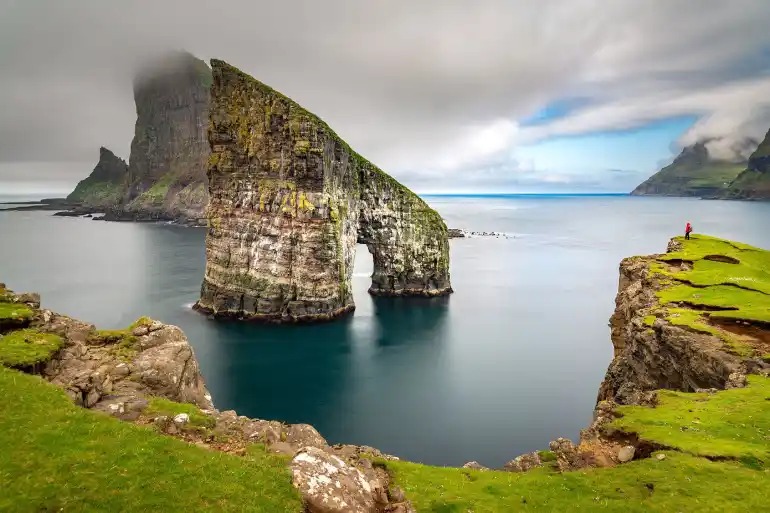
Image from: quarkexpeditions
The best time to visit the Faroe Islands
Knowing the best time to travel will help you make a better plan for your trip and choose a time that suits you. In this section of the article, we will tell you the best time to travel to the Faroe Islands.
According to the weather condition of the Faroe Islands, the best time to travel to these islands is from mid-May to mid-September. This time is known as the golden time to travel to these islands among tourists. During these four months, you are protected from strong wind and rain and can enjoy good weather.
The climate of the Faroe Islands is temperate, rainy and often cloudy. In these islands, strong winds blow in some seasons of the year and the weather is rainy most days of the year. The most rain falls in early December to early February.
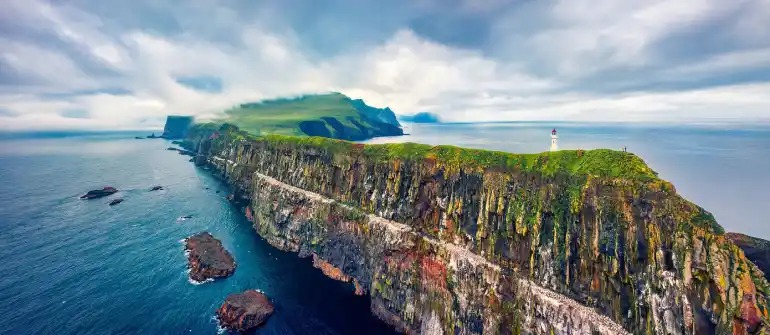
The best time to visit the Faroe Islands
Faroe Islands in spring
The weather in the Faroe Islands varies in different spring months. In early spring, the weather still has its winter coldness and strong wind and rain may be observed. From mid-spring, the Faroe Islands see their best weather.
Faro in summer
Faro’s summer weather is quite cool. The heat rarely bothers you in Faroese summers. So you can rest easy when traveling to the Faroe Islands in summer. In fact, summer is one of the best seasons to visit these islands.
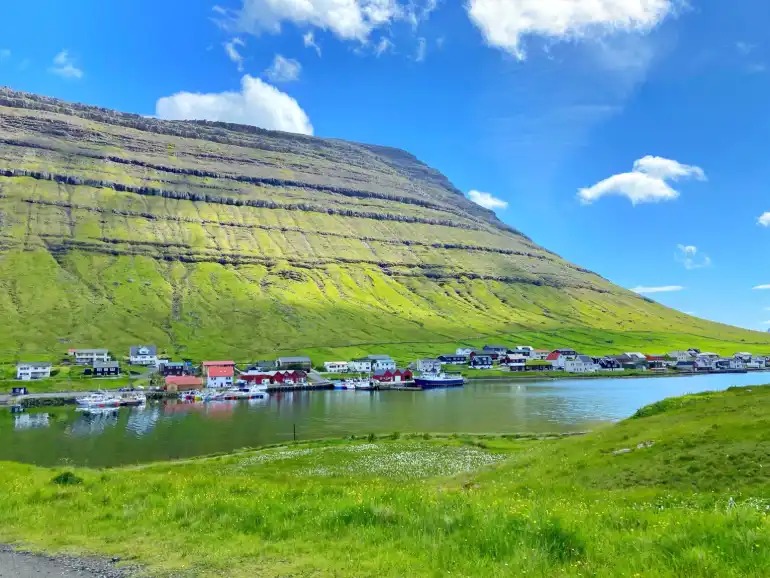
Image from: hoppingfeet
Faroe Islands in autumn
Autumn in Faro is beautiful, but cold. In this season, the weather is getting colder, the wind and rains are increasing and the cold may bother you. If you are planning to travel to the Faroe Islands in autumn, you should take good care of yourself.
Denmark’s Faroe Islands in winter
Winter is the season that drowns Faro in its excruciating cold. In this season, not only strong winds and rains can be seen, but also the sea may become stormy. In that case, you won’t even be able to reach the Faroe Islands. We suggest that if you are planning to travel to these islands in winter, make a reservation now.
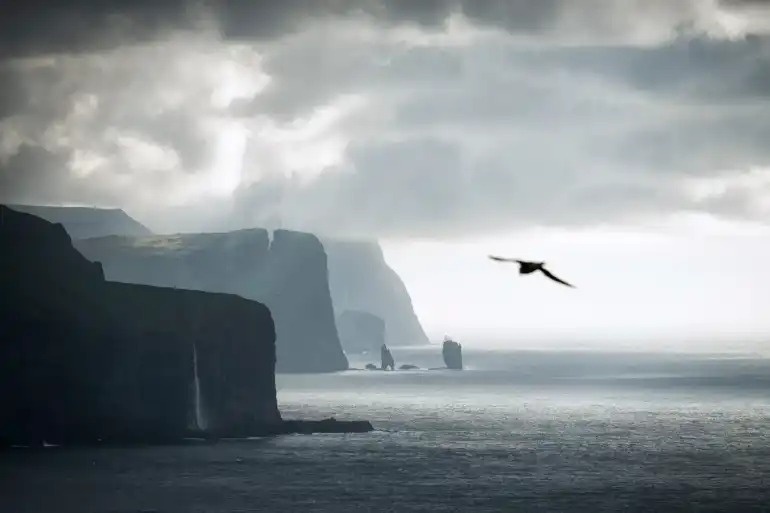
Image from: cntraveler
Faroe Islands amenities
One of the attractive points of these islands is that you can go from one island to another even by walking. Some islands are connected by bridges and some by submarine tunnels. With this account you have different ways to move between islands.
Motor boats, ground transportation system and helicopter transportation are among the facilities and services of these islands for transportation. Also, you can easily find all amenities in these islands; including the airport, hotel, healthcare centers, high-speed internet, various stores and anything you want.
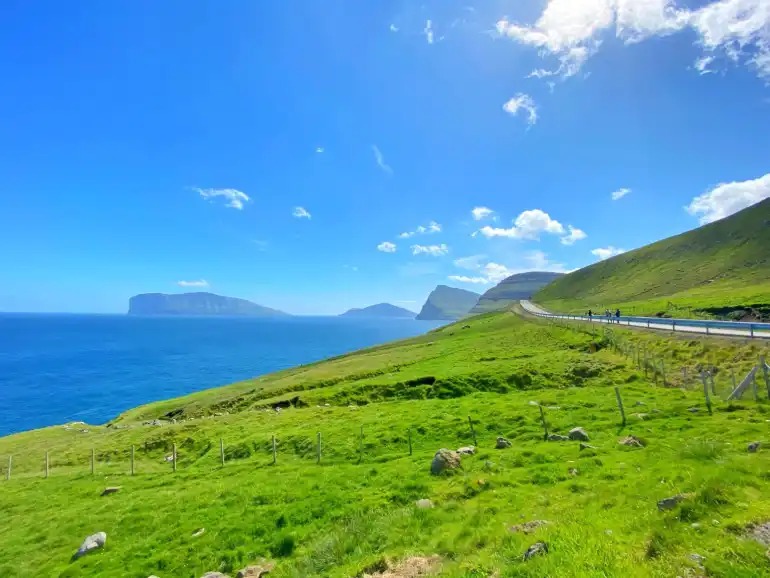
Image from: hoppingfeet
Recreational facilities of the Faroe Islands
In the Faroe Islands, you can experience various activities. Read this section carefully to imagine yourself enjoying these pastimes. I suggest that you definitely experience these activities during your trip to these islands to create more interesting travel memories for yourself.
camping
Camping has always been one of the best and most popular activities for tourists. This recreation allows you to enjoy nature safely and relax. Camping in the beautiful nature of the Faroe Islands will erase all your worries for a few hours.
In the beautiful nature of Faro and with an amazing view of the sea, it is impossible to get enough of camping.
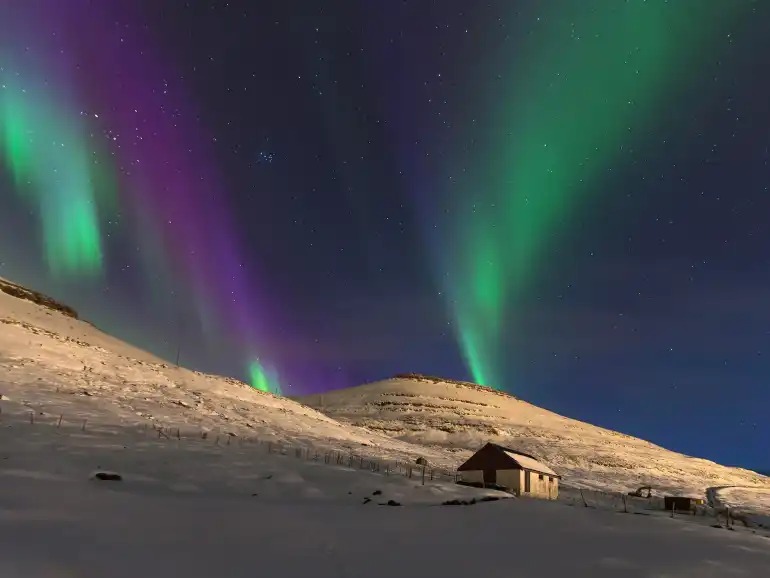
Image from: cntraveler
photography
Taking pictures means re-recording your memories; With photography, you not only save your good memories in your mind, but also in photos. In addition, photographing the wonderful nature of the Faroe Islands can be relaxing and attractive for you.
Think about it, you will walk in that unique nature, you will record the beauty and it is very likely that you will be able to take a unique photo of the animals and plants that you see.
nature tourism
When traveling to the Faroe Islands, it is impossible not to do nature tourism. Even if you don’t want to walk in nature, hear the soothing sound of the sea and see the unforgettable sights of Faro, the nature of this area will tempt you.
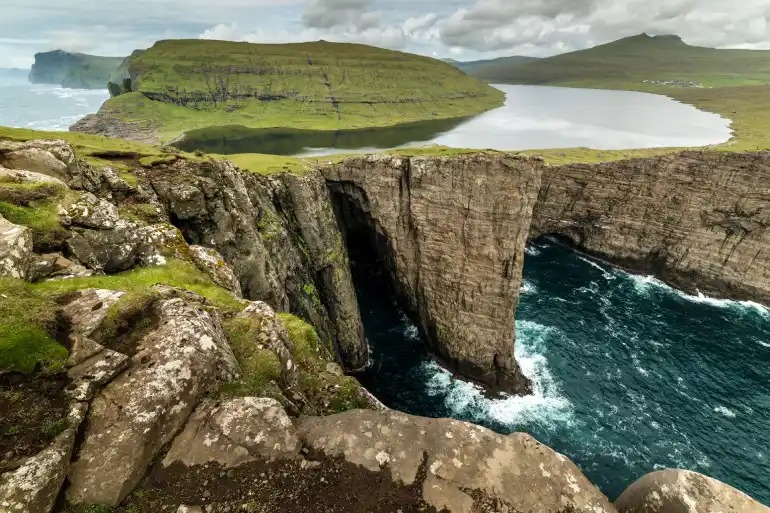
Image from: cntraveler
boating
Boating is one of the popular pastimes of tourists who travel to these islands. The view of the islands from the sea and the relaxation you experience on the boat on the water make this one of the best activities during your trip to the Faroe Islands.
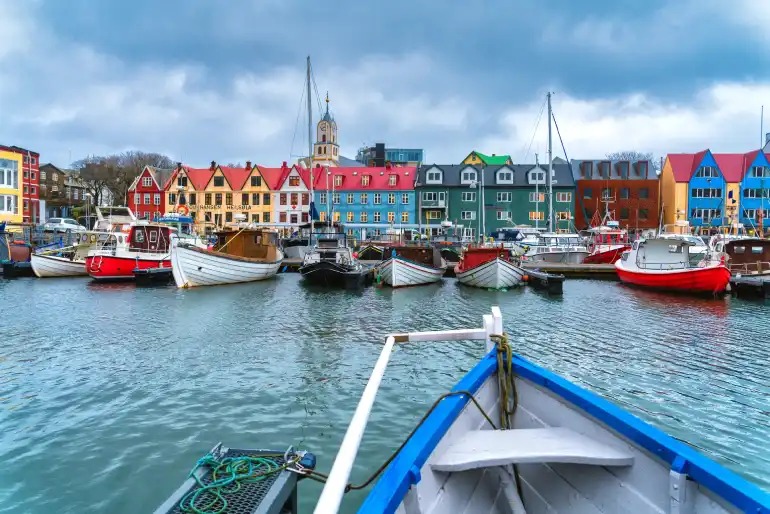
Image from: cntraveler
Sights of the Faroe Islands
In addition to entertainment centers, the Faroe Islands are not lacking in sightseeing. We suggest that you read this section carefully so that you can plan your trip to the Faroe Islands and its sightseeing from now on.
Gasadalur waterfall
We start from Gasadalur waterfall. Go to the island of Vágar, near the village of Gasadalur, you will find this beautiful and famous waterfall. This waterfall, with a height of about 200 meters, falls into the valley that is located right below it. For easier access to the falls, an underground tunnel was dug in 2004 that connects the village of Gasadalur to the falls.
The view of this waterfall is so beautiful that it is impossible to take a picture of it and that picture is not good for your eyes. The water of this waterfall flows into a beautiful valley with green mountains and finally joins the ocean.
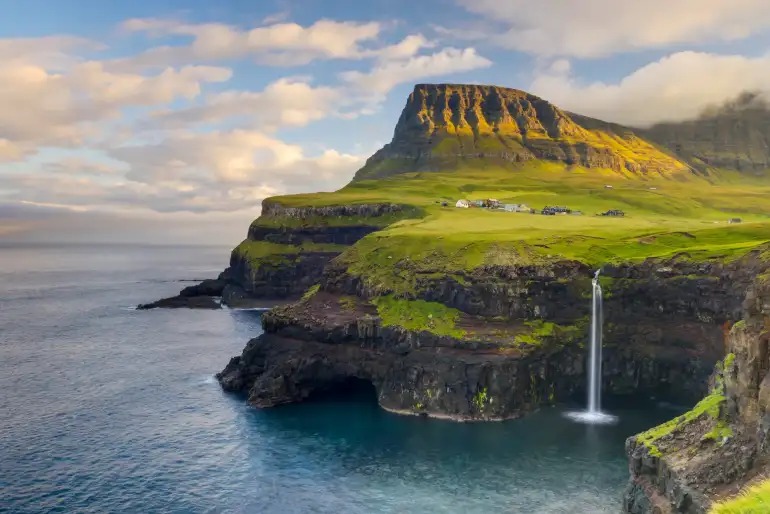
Image from: cntraveler
Mulafossur Waterfall
Molafasur waterfall is one of the most attractive places to visit in the Faroe Islands. you ask why Let us tell you. The view of this attraction is so stunning and spectacular that it is hard to take your eyes off it. One of the interesting points of this waterfall is that it turns into a different color in different seasons; It turns green in summer and yellow and orange in autumn.
To see this natural attraction, you should go to Vágar Island and visit Gasadalur village. Molafasur waterfall is located near the airport of Vegar city and it is about 20 minutes drive from the airport. This waterfall flows into the Atlantic Ocean.
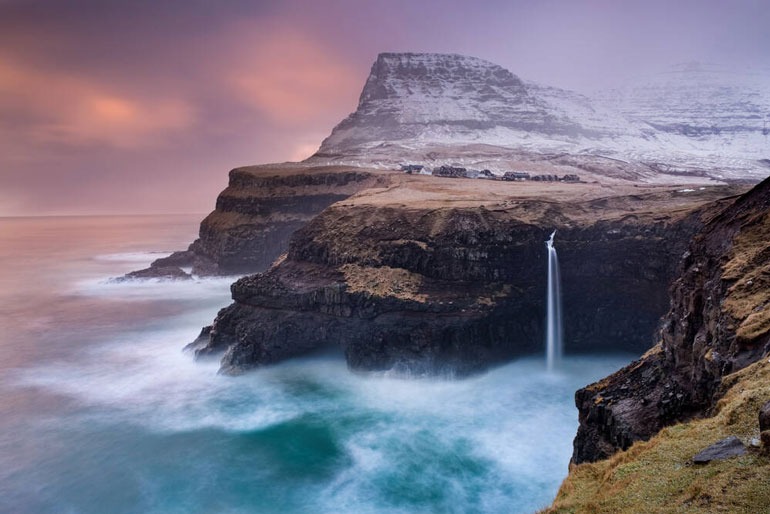
Image from: cntraveler
Hestur Island
Hestor Island is one of the small islands in the Denmark’s Faroe Islands, which is located west of Streymoy Island. This island is famous for its pristine nature, the peace that space gives you, and its spectacular views. To access Hestor Island, you can use a boat or an underground tunnel.
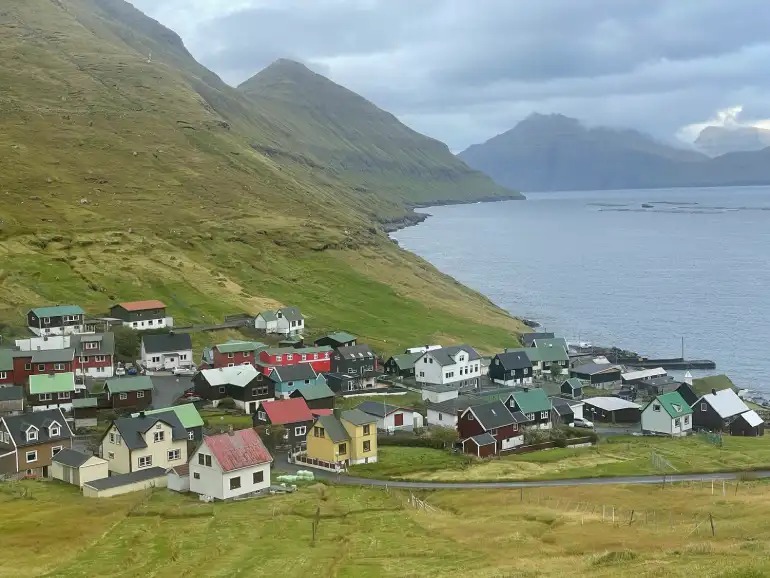
Image from: shetlandwithlaurie
Lake Leitisvatn
If you want to see the largest lake in the Faroe Islands and one of the most important sights of the Faroe Islands, visit Lake Litisvatn. This lake is located between the cities of Vágar and Suðuroy and has an area of approximately 3.4 square kilometers.
This lake is surrounded by a rocky wall and therefore the water does not go out. Also, this lake is the place where different sea birds live and lay their eggs.
The landscape of this lake, the surrounding nature, the existence of birds, the possibility of boating and fishing in this lake, have made Litsvatan lake very popular and famous. We suggest that you also visit this lake and, in addition to having fun and seeing its beauty, you can also experience the tranquility of Litsvatan lake.
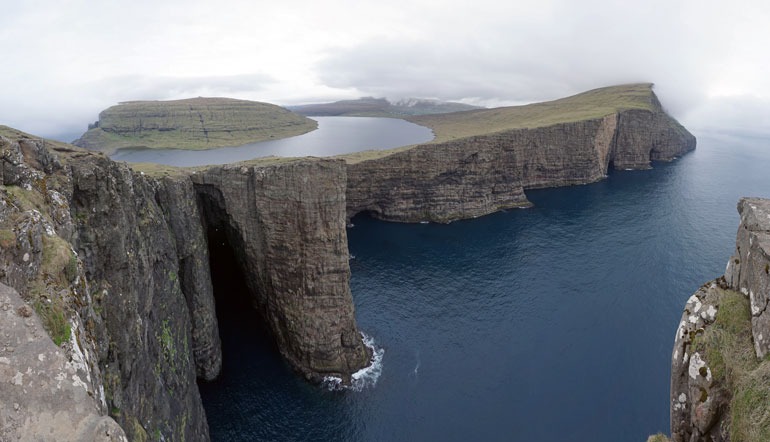
Image from: Hoppingfeet
Torshavn Cathedral
As we said before, Tórshavn is the capital of the Denmark’s Faroe Islands. In this city, there is a church that is respected by all the inhabitants of Faro. You can find this island south of the coast of the city of Streymoy and the center of Torshavn.
This church was built in 1788 and is the second oldest church in Faro. The facade of Torshavn Cathedral is white and the building itself is made of stone and wood. This church is one of the famous attractions of the Faroe Islands due to its native architecture, historical antiquity, coastal location and sea view.
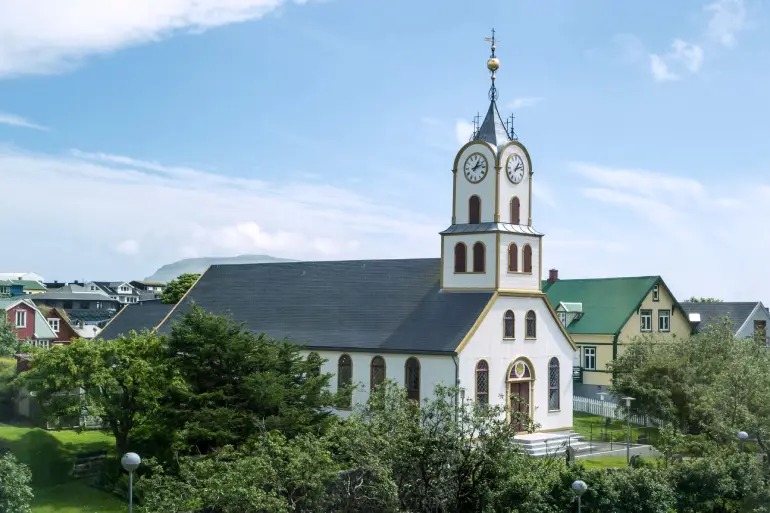
Image from: wikimedia
History of the Denmark’s Faroe Islands
Norwegians settled in these islands in the past. Later, these islands officially became part of the Kingdom of Norway.
Years later, the islands joined the Kalmar Union. Kalmar union included three countries Denmark, Sweden and Norway. In Kalmar Union, all three countries were in charge of their own internal affairs; But all worked under the supervision of a king.
A few years later, during some events, the king of Denmark handed over these islands to “Christopher Gable” as a lord-serf property. After the Treaty of Kiel, the Faroe Islands were assigned to Denmark; During this treaty, the joint kingdom of Denmark and Norway was completed and the Faroe Islands became part of Denmark.
During World War II, Germany occupied Denmark; Following this occupation, Britain also took control of the Faroe Islands. Two years later, Faroe managed to gain independence as a self-governing province under Danish rule. For several years, the Faroese people have taken over and managed most of the issues related to these eighteen islands; Of course, the defense of the islands, foreign affairs and the Faroese Court of Justice are still the responsibility of Denmark.
The word Faro comes from the Danish word “Færøerne” which means “sheep”. The name “Faroe” was given to these islands because of the large number of Danish sheep in the area. There are so many sheep in the Faroe Islands that you may see them out the window while traveling on public land transport.
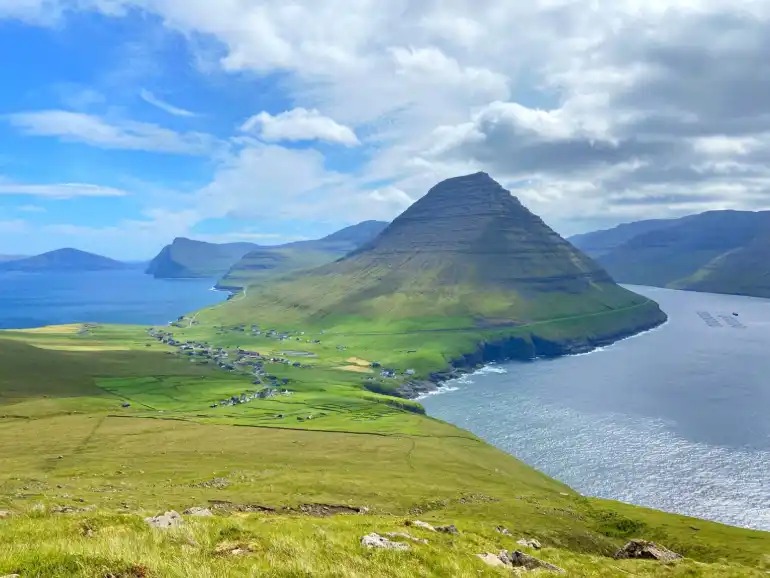
Image from: hoppingfeet
Vegetation and fauna of the Denmark’s Faroe Islands
You must have noticed by now that Danish sheep and fish are an important part of the fauna of these islands. In addition to these two, about two million pairs of seagulls, petrels and Faroese penguins live in these islands.
If we want to tell you about the vegetation of this area, we must first mention its native plants. Hypericum (Hypericum), which is an herbaceous plant with yellow flowers, Scandix (Scandix), which is an herbaceous plant with white flowers in coastal areas, and Iris (Iris), which has purple flowers in humid areas, are three species of plants native to the Faroe Islands.
Apart from these plants, you can see a large variety of different plants in the Faroe Islands; Like cloves or blackberries.
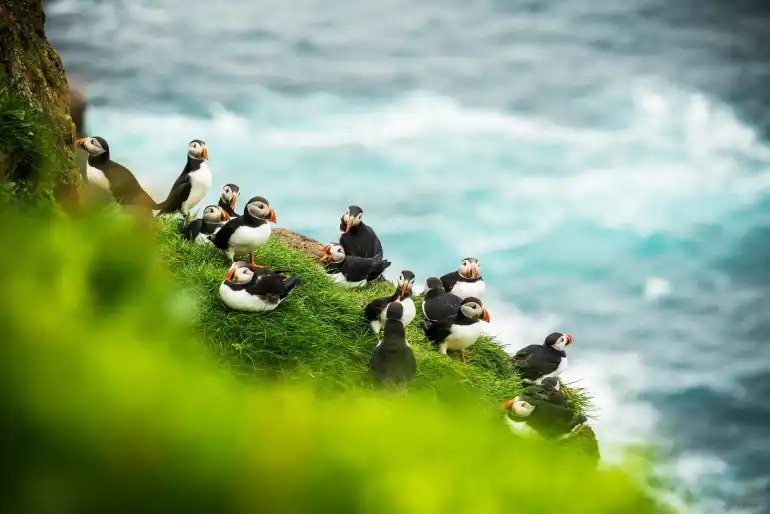
Image from: cntraveler
Tips for a memorable trip to the Denmark’s Faroe Islands
Don’t forget to plan your trip so that you don’t encounter wind, storms and heavy rains when traveling to the Faroe Islands.
Finally, remember to visit the Faroe Islands and make good memories for yourself. If you like it, we will be happy to tell us about your travel experiences; For this, just leave a comment under this article and share your valuable opinion or memory with us. Have a safe trip.

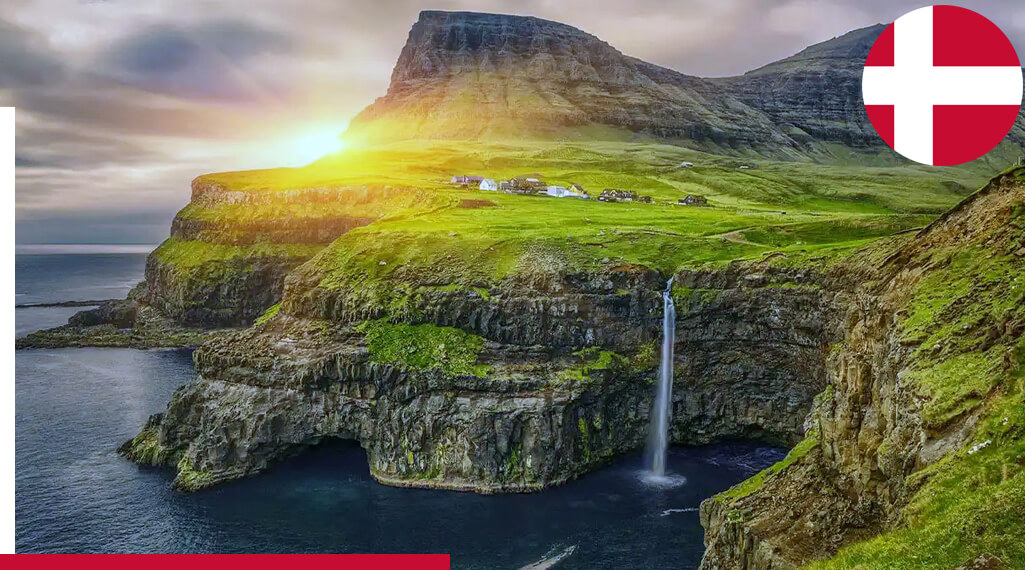
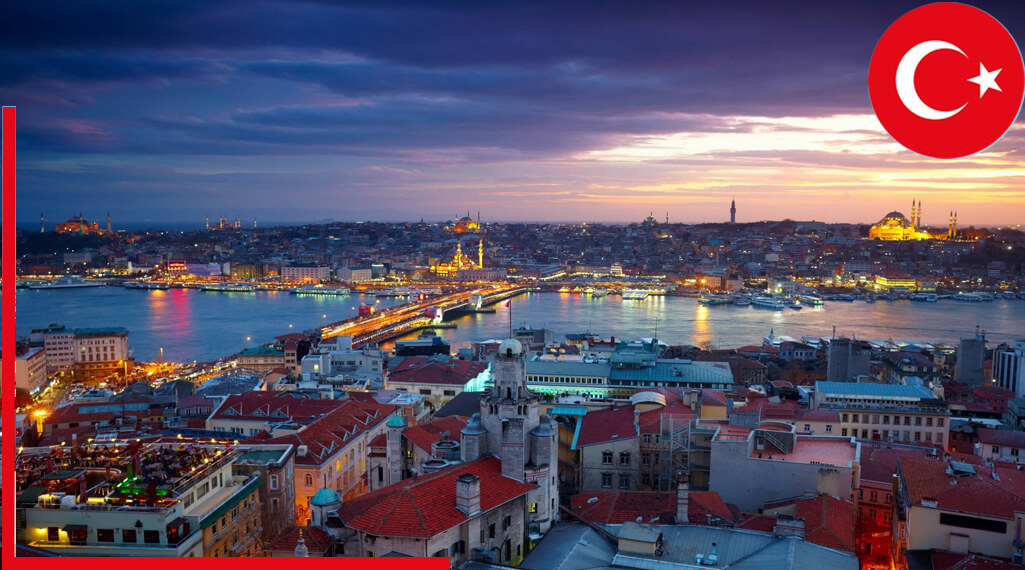
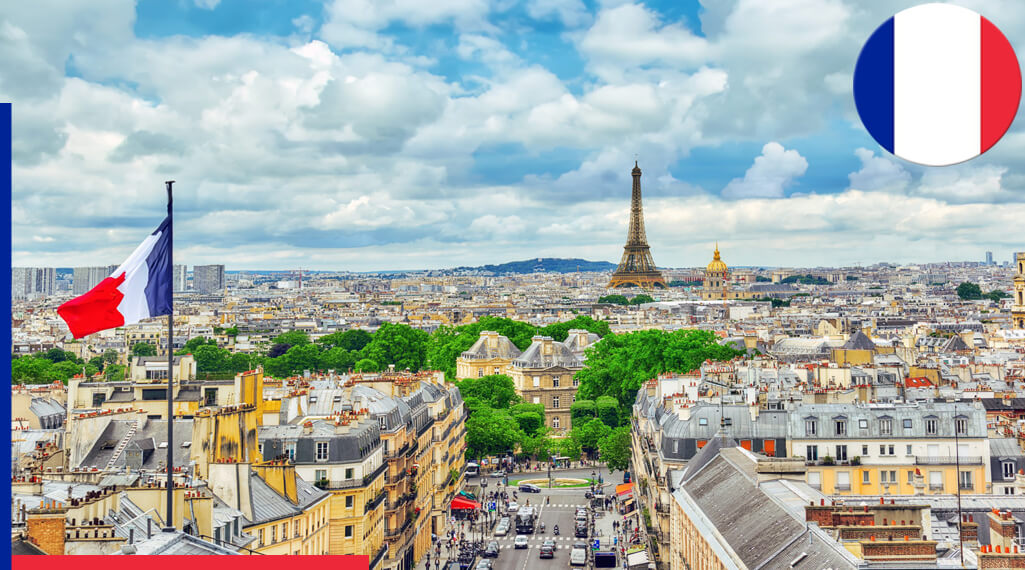
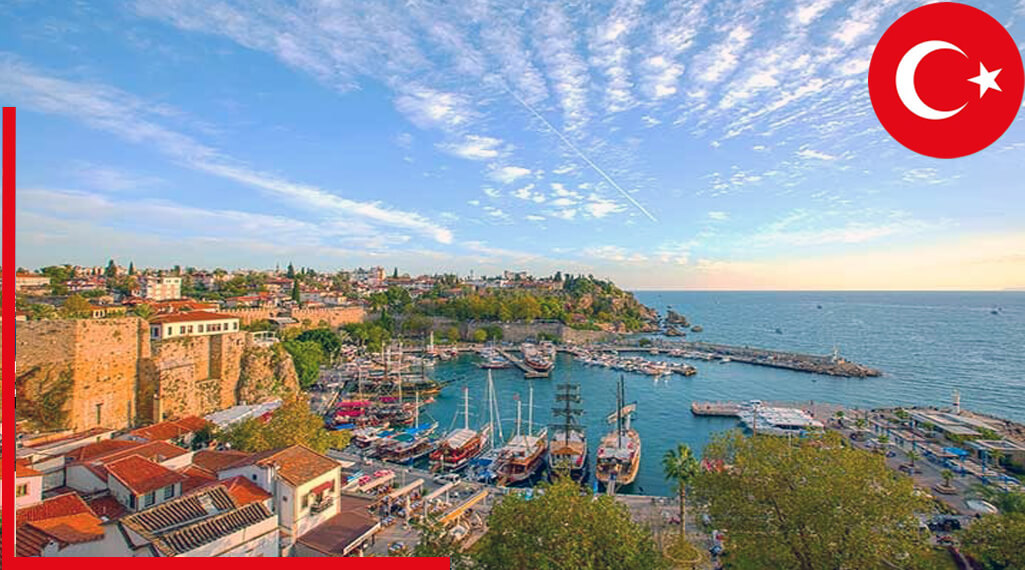
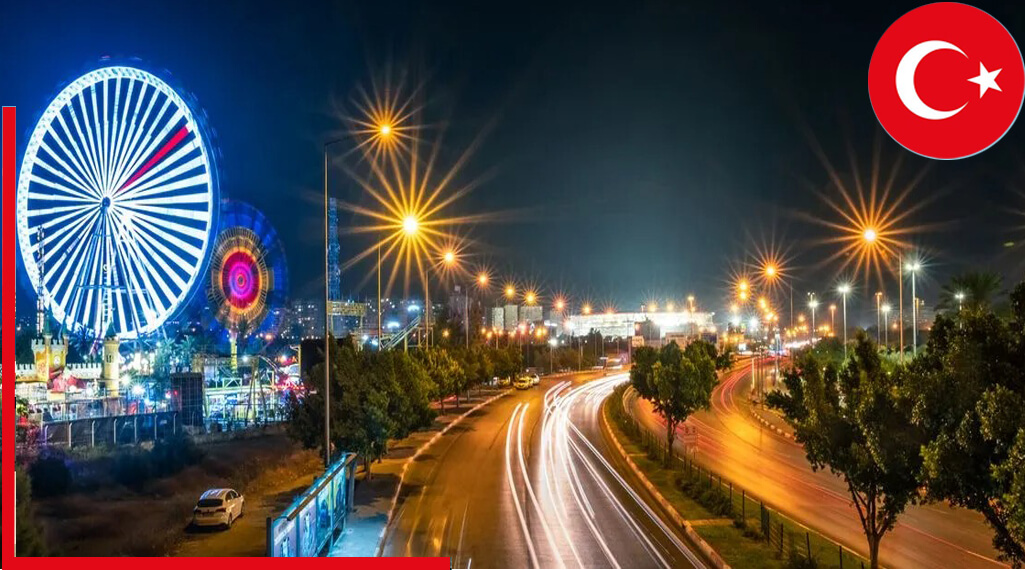
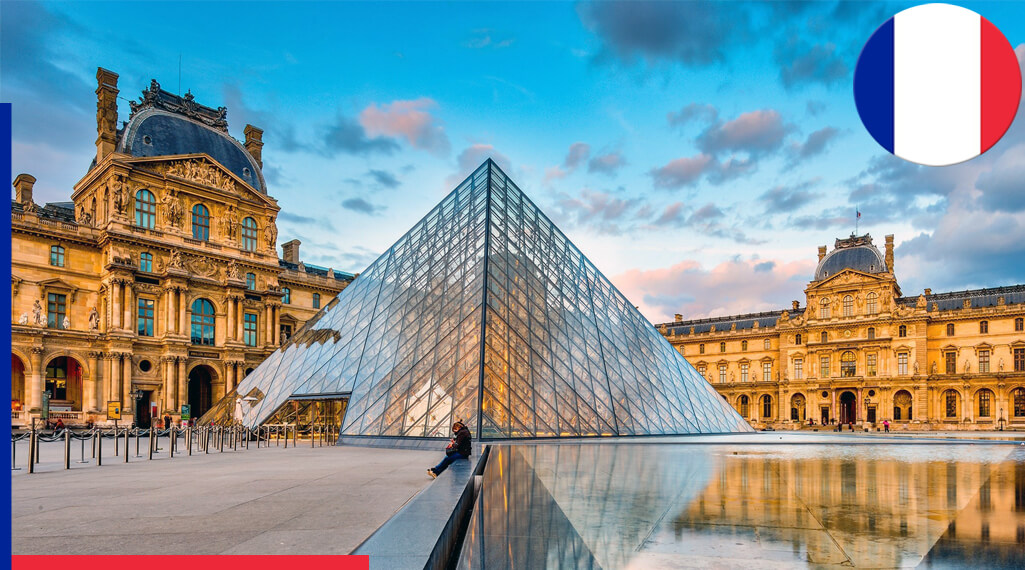
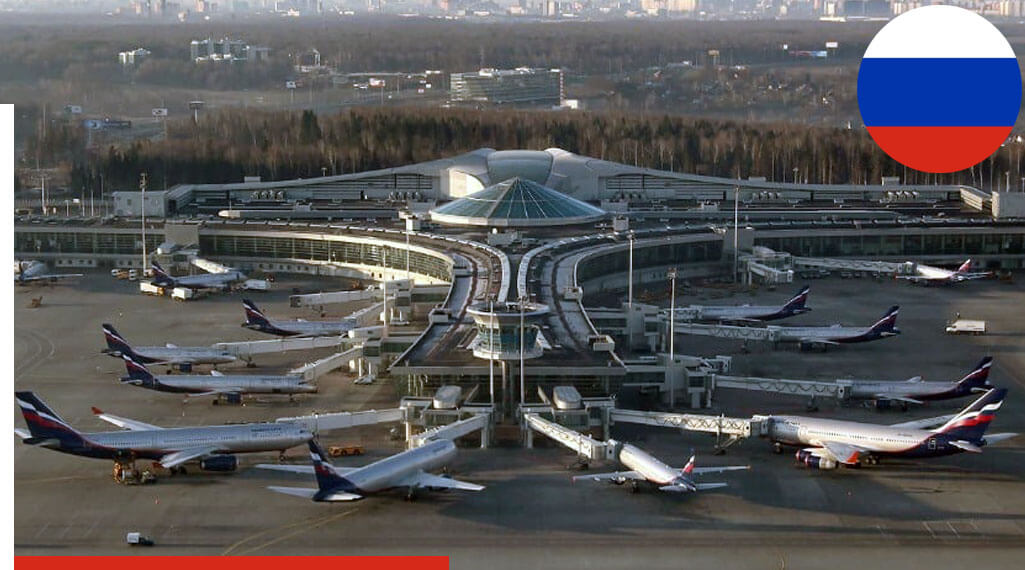
Recent Comments